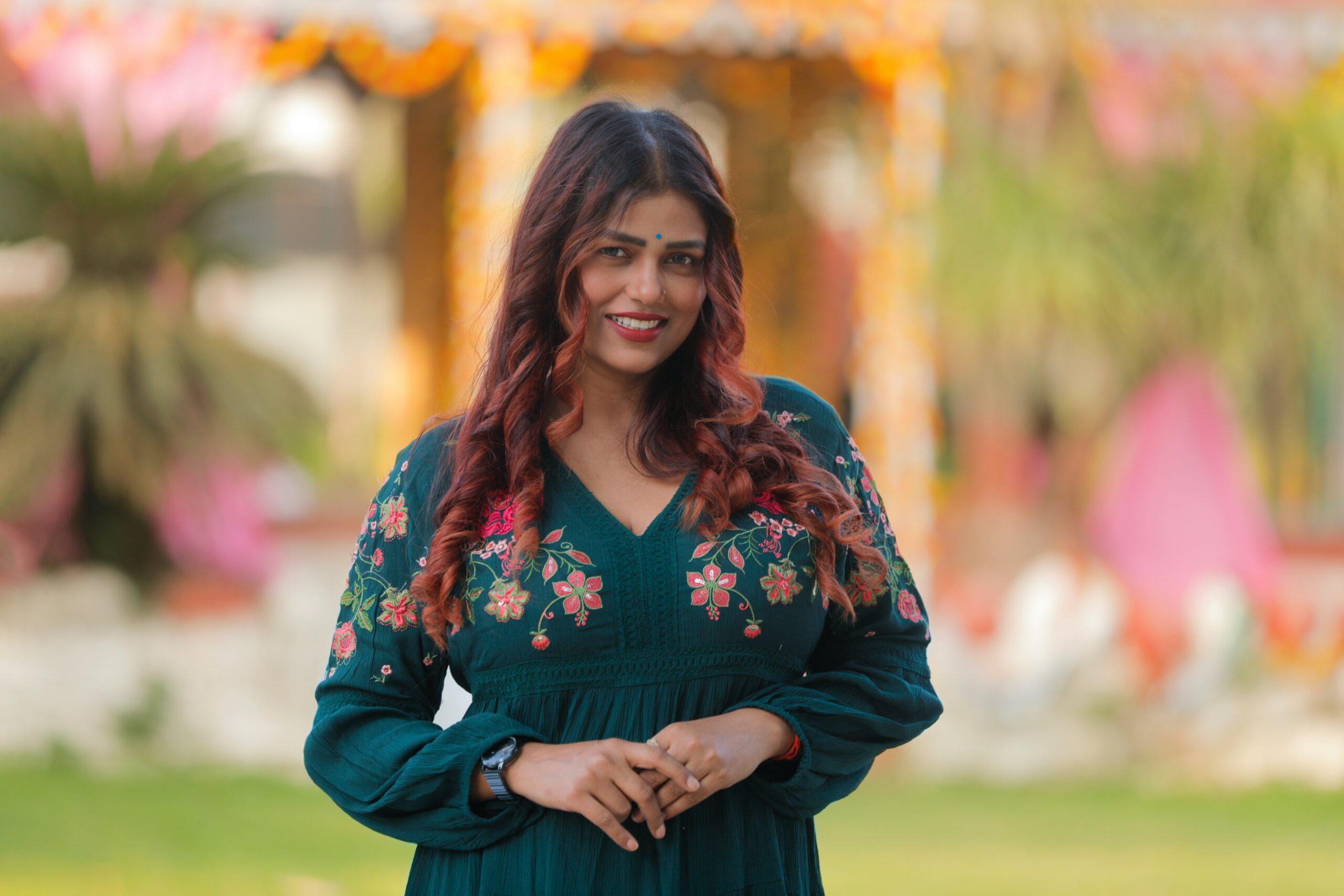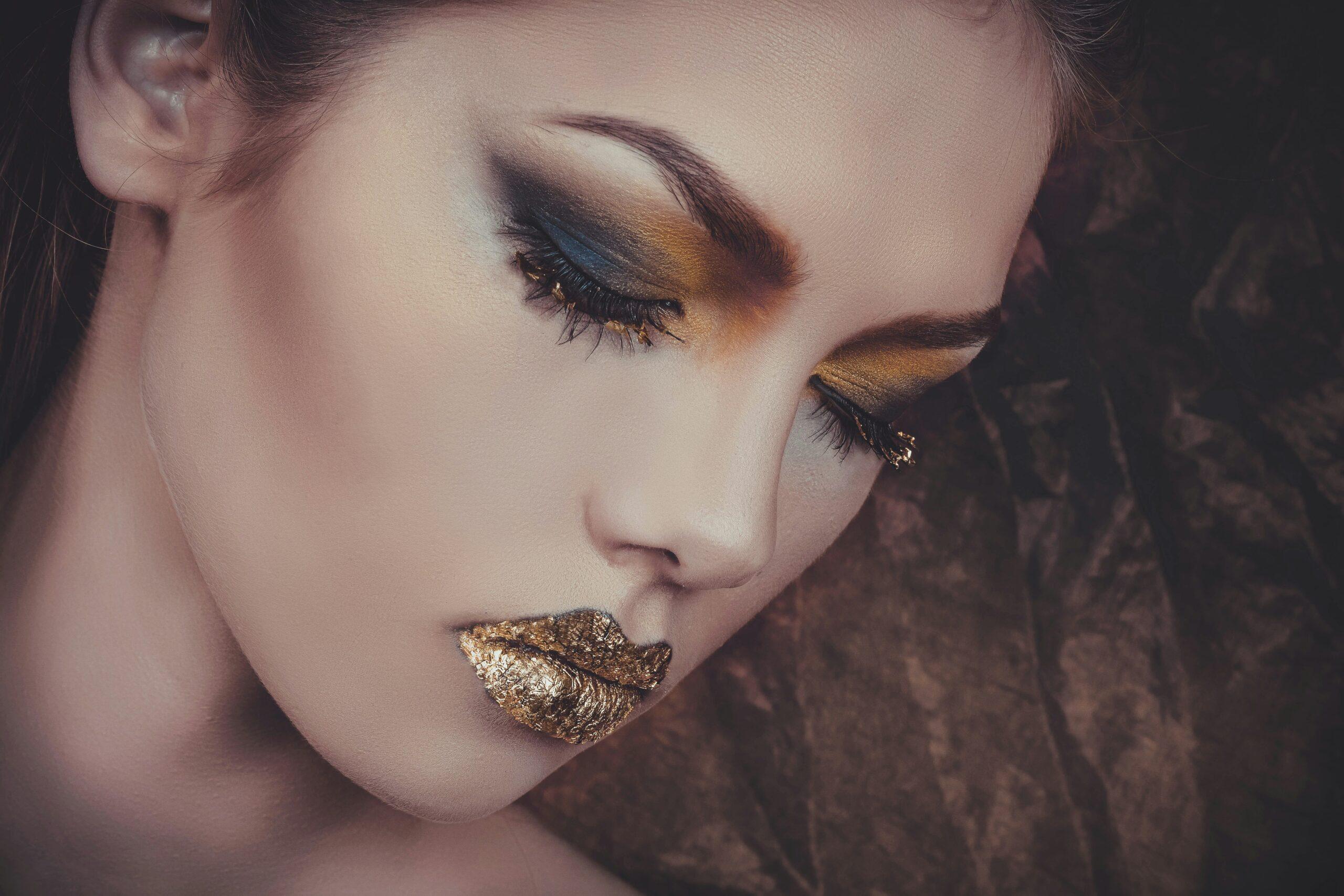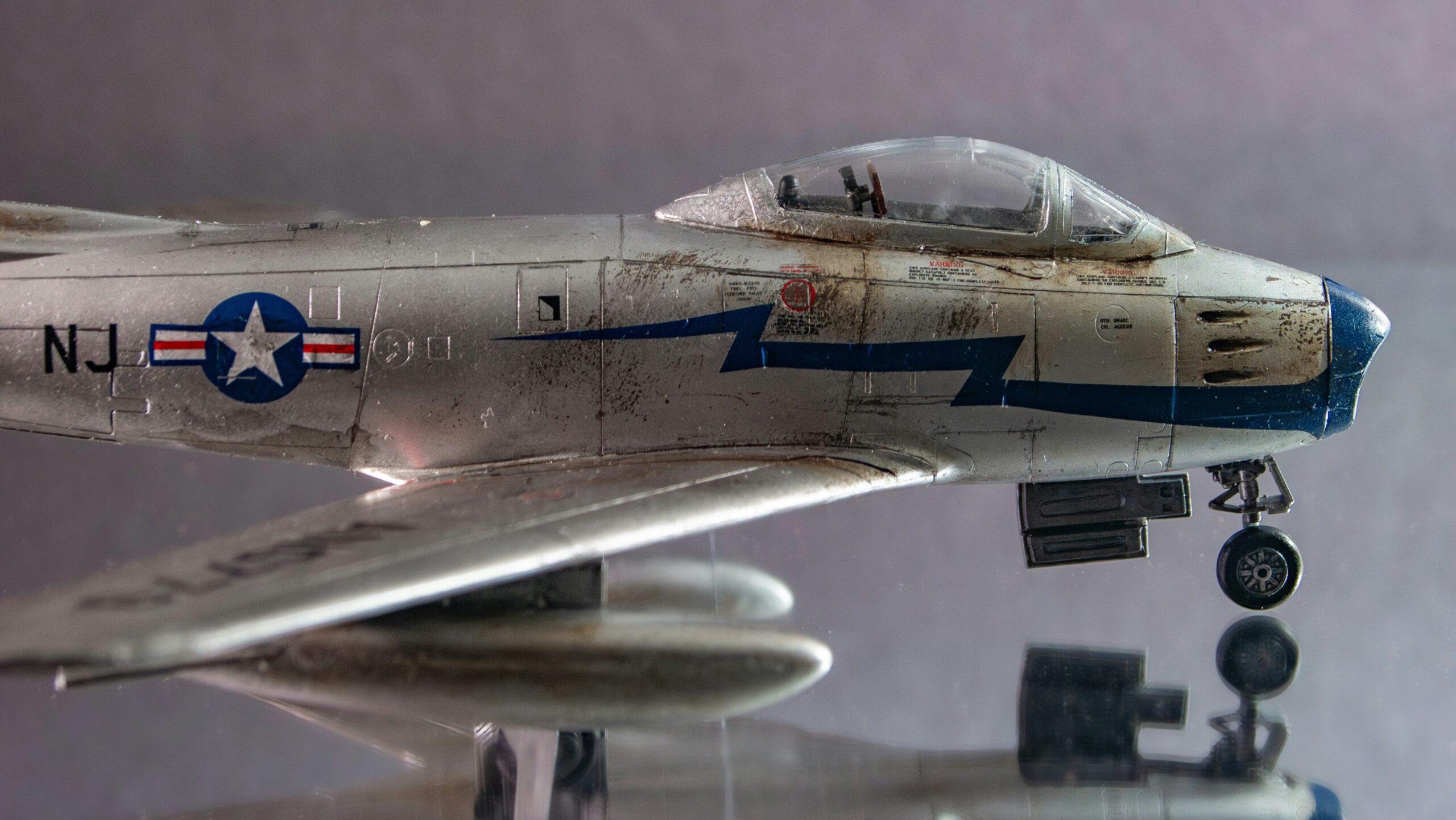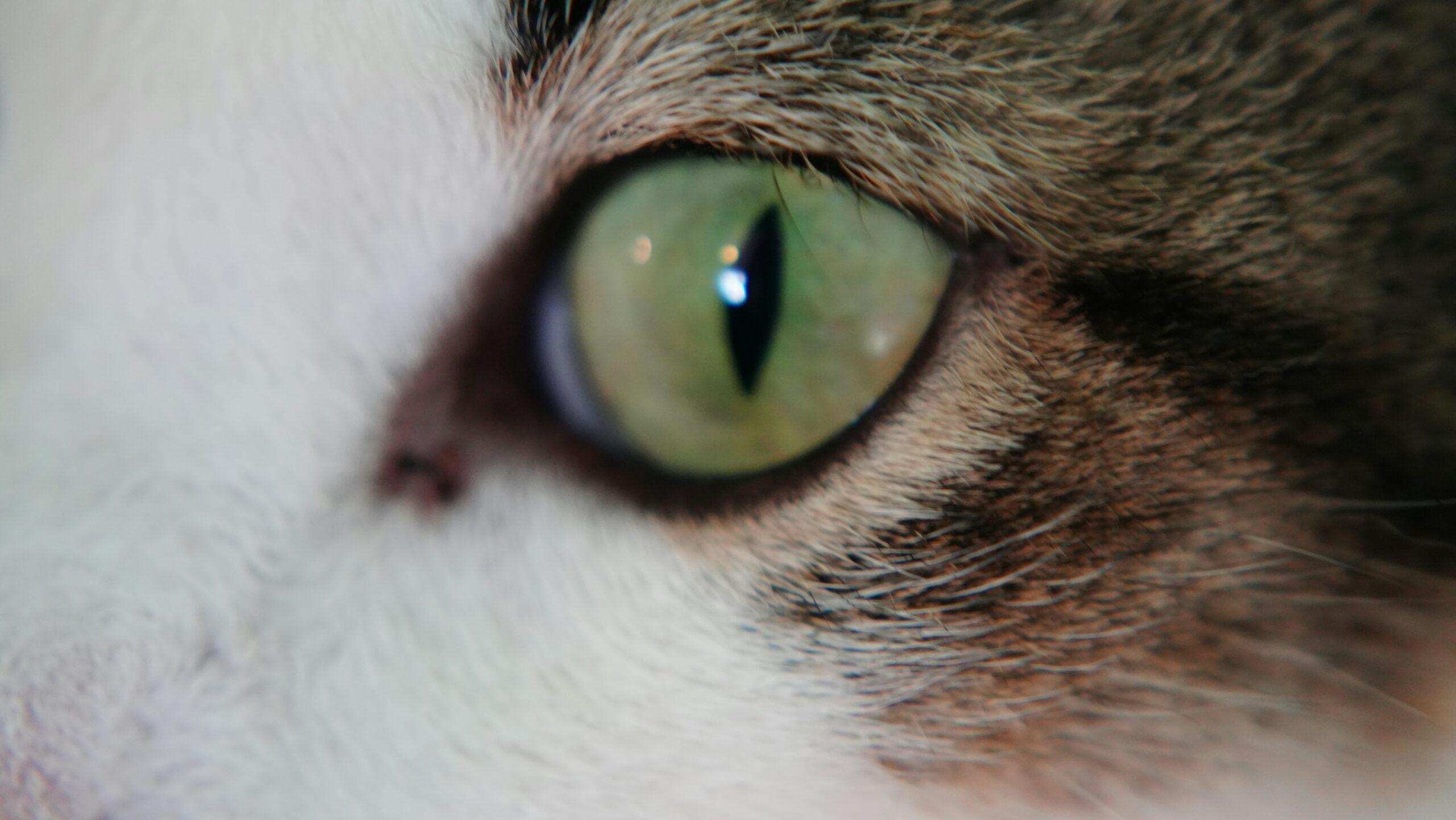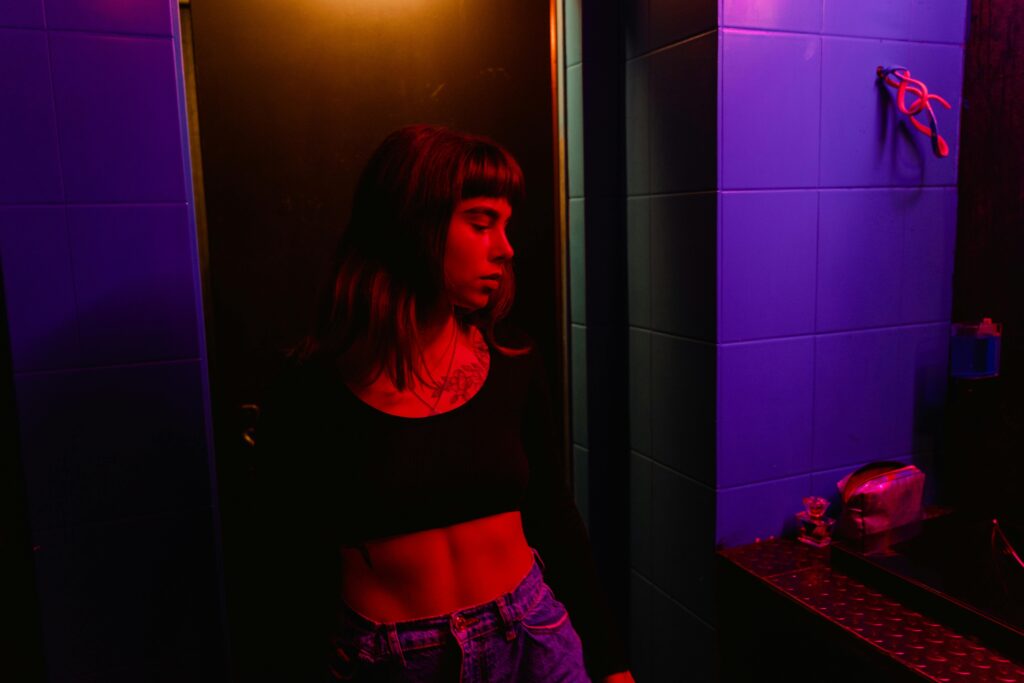“Ever stared at a runway model’s face and thought, ‘How is this even humanly possible?’ Yeah, we’ve been there too.”
Editorial makeup isn’t just about slapping on some foundation and mascara—it’s an art form. And when it comes to dramatic runway faces, the stakes are sky-high. From bold contours to avant-garde designs, creating these larger-than-life looks can feel overwhelming. But don’t worry; by the end of this guide, you’ll know exactly how to pull off jaw-dropping editorial makeup like a pro.
In this post, we’ll explore:
- The importance of dramatic runway faces for your portfolio and career.
- A step-by-step guide to crafting striking runway-ready looks.
- Tips from top makeup artists (and a rant about overused glitter).
- Real-world case studies that prove anyone can master editorial makeup.
Table of Contents
- Key Takeaways
- Why Dramatic Runway Faces Are So Important
- Step-by-Step Guide to Perfecting Editorial Looks
- 7 Tips for Nailing Dramatic Runway Faces
- Case Studies: What Works (and What Doesn’t)
- Frequently Asked Questions About Editorial Makeup
Key Takeaways
- Editorial makeup emphasizes creativity and storytelling through bold, exaggerated techniques.
- Preparation, tools, and technique mastery are essential for nailing dramatic runway faces.
- Practice makes perfect—but avoid relying solely on trends or clichés.
Why Are Dramatic Runway Faces Important?
Let me tell you a story. Years ago, during my first attempt at editorial makeup, I went WILD with neon eyeshadow for a local fashion show. Spoiler alert: It looked more clown than couture. The models walked down the runway while I cringed backstage, praying no one would recognize me as the culprit behind those radioactive lids. That moment taught me two things: preparation matters, and editorial makeup requires more nuance than “just going big.”
Here’s why dramatic runway faces matter:
- Highlighting Artistry: They showcase your skills and push boundaries beyond everyday beauty.
- Building Your Brand: Bold looks attract attention and open doors to collaborations and gigs.
- Storytelling: Every editorial piece tells a visual narrative, and makeup plays a starring role.
How to Create Dramatic Runway Faces Like a Pro
Optimist You: “This will be easy!”
Grumpy You: “Easy? Sure… if you have seven hours and unlimited coffee.”
Step 1: Understand the Brief
Before anything else, talk to the designer or creative director. Ask questions like:
- What’s the theme of the collection?
- Are there specific color palettes or textures involved?
Step 2: Prep the Canvas
Start with flawless skincare. Hydrate, exfoliate, and prime the skin to ensure your products glide on smoothly.
Step 3: Build the Base
Use long-wear foundations and concealers designed for photography and harsh lighting conditions.
Step 4: Focus on Eyes or Lips
Choose ONE feature to amplify. For example:
- EYES: Experiment with graphic liners, metallic shadows, or faux freckles.
- LIPS: Go for statement shades like deep burgundy or chrome finishes.
Step 5: Add Dimension
Contour and highlight strategically to create structure without overshadowing the main focus areas.
Step 6: Finish Strong
Set everything with setting spray, then double-check for smudges or inconsistencies under bright lights.
7 Tips for Nailing Dramatic Runway Faces
- Invest in Quality Products: Cheap brushes or fading pigments won’t cut it under runway lights.
- Know Skin Types: Tailor your prep routine to each model’s skin needs.
- Experiment Fearlessly: Don’t shy away from unconventional colors or placements.
- Document Your Work: Take high-res photos for your portfolio.
- Collaborate: Partner with photographers, stylists, and designers for cohesive results.
- Stay Updated: Follow industry leaders and analyze trends.
- Avoid Glitter Overload: Yes, it’s sparkly, but sometimes less = more. RANT ALERT: Stop drowning every editorial look in chunky glitter!
Case Studies: What Works (and What Doesn’t)
Example 1: Alexander McQueen Fall 2019
This collection featured sharp winged eyeliner paired with pale lips—a lesson in balancing drama with simplicity.
Example 2: Local Fashion Week Disaster
A makeup artist once applied neon green all over a model’s face—without checking the outfit. Lesson learned: Always coordinate with clothing designers.
Frequently Asked Questions About Editorial Makeup
Q1: Do I Need Special Training to Do Editorial Makeup?
While training helps, practice and experimentation are equally valuable. Start small before tackling major shows.
Q2: How Much Should I Charge for Editorial Makeup Services?
Rates vary based on experience and location. Research competitors’ pricing and consider offering discounted rates for exposure early in your career.
Q3: Can Anyone Learn to Do This?
Absolutely! With dedication and the right resources, anyone can learn to create dramatic runway faces.
Conclusion
Congratulations—you’re now armed with insider knowledge on creating stunning dramatic runway faces. Remember, editorial makeup is equal parts skill, imagination, and guts. Whether you’re aiming for Paris Fashion Week or your local design showcase, start experimenting today.
And here’s a final thought: Like flipping open your favorite flip phone circa 2005, mastering editorial makeup takes time but feels oh-so-rewarding when done right.
P.S. Just remember our golden rule: Too much glitter might leave everyone blinded—not in a good way. Cheers!
